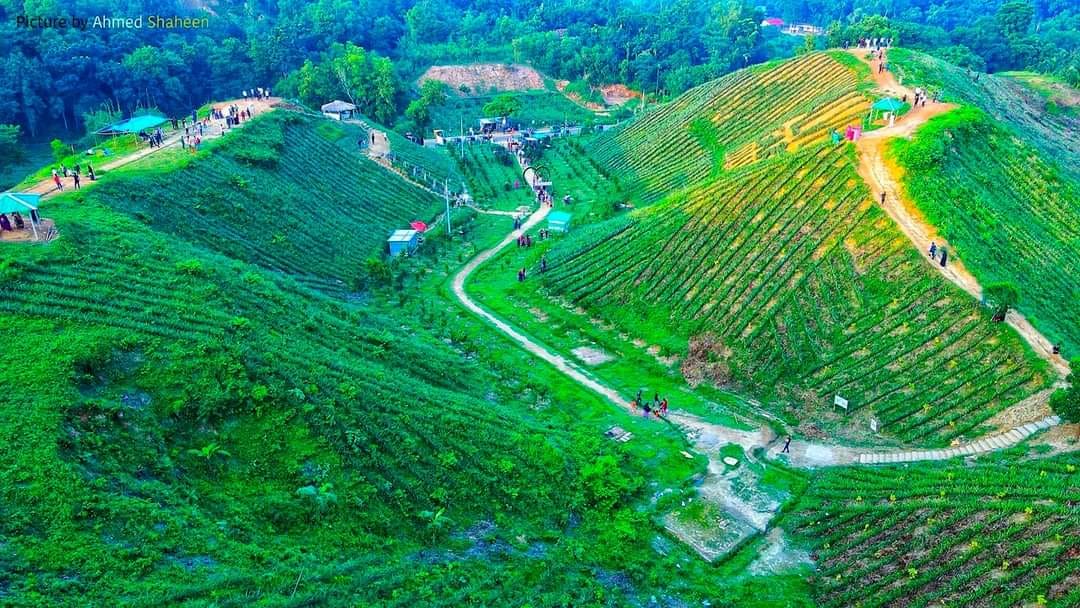-
About Upazila
Introduce to Upazila
History & Tradition
-
About Upzila
Activities of Council
Upazila Governance Related
-
About Upazila Administration
Upazilla Nirbahi Officer
About Organogram
Schedule & Meeting
-
Govt Office
Related to health
Agriculture and Food Affairs
Engineering and Communication
Land matters
Human Resource Development
-
*Upazila Social Service Office
-
*Upazila Co-operative Office
-
*Office of The Upazila Women Affairs Officer
-
*Office of The Upazila Youth Development Officer
-
Bangladesh Rural Development Board (BRDB)
-
* Office of the Upazila Project Officer, PZIP
-
Upazila Palli Daridro Bimocon Foundation Office
-
Polli Sonchoy Bank
-
*Upazila Social Service Office
-
Different Institutions
Educational Institutions
Private organizations
Religious institutions
- E-Service
- Helpline
-
About Upazila
Introduce to Upazila
History & Tradition
-
About Upzila
Administrator
Activities of Council
Upazila Governance Related
-
About Upazila Administration
Upazilla Nirbahi Officer
About Organogram
Schedule & Meeting
-
Govt Office
Related to health
Law and order matters
Agriculture and Food Affairs
Engineering and Communication
Land matters
Human Resource Development
- *Upazila Social Service Office
- *Upazila Co-operative Office
- *Office of The Upazila Women Affairs Officer
- *Office of The Upazila Youth Development Officer
- Bangladesh Rural Development Board (BRDB)
- * Office of the Upazila Project Officer, PZIP
- Upazila Palli Daridro Bimocon Foundation Office
- Polli Sonchoy Bank
-
Different Institutions
Educational Institutions
Private organizations
Religious institutions
- E-Service
- Helpline
Tradition of Golapganj Upazila
Tradition:
No separate history of ancient and medieval Golapganj has been written till date. However, its history as part of the ancient Shrihatta does not seem to be different from the history of the Sylhet region. Until the 7th century AD, Sylhet belonged to the kingdom of Kamrup. Ancient Sylhet was first settled by the Austrians and later by the Mongols. Aryan civilization entered the region in 614 AD with the introduction of Vedic Brahmins by Raj Dharmapala, the king of Tripura, and Adishur (Jayanta), the ruler of Gaura, in 632 AD. Descendants of these Vedic Brahmins lived in the villages of Dhaka South, Raigarh, Kanishail, Nij Dhaka South, Palpara etc. of Golapganj. During the Pathan and Mughal periods, Golapganj was inhabited by a large number of learned Brahmin Brahmins, and through their efforts, Dhaka became a historical center of Vedic education. In the sixteenth century, Sri Chaitanya (Vishwambhar Mishra), the son of Pandit Jagannath Mishra of Dhaka South, ushered in a revolutionary era in the spiritual life of the Bengalis. In the mass revolution led by Shri Chaitanya against Brahmanism and extremist racism, the masses of Bengal responded overwhelmingly. In the time of Shri Chaitanya and long before that, many Vedic scholars from Dhaka South lived in Navadvipa for study or teaching. Ratnagarbha Acharya of Dhaka South was a Pandit living in Navadwip at that time. His son Jadunath Kavichandra was a famous Vaishnava Padakarta. His Padakalpataru is a famous Vaishnava poem. Later, Pradyum Mishra of Dhaka South (Shri Chaitanya's elder brother) wrote Sri Krishna Chaitanyodayabali and Jagajjivan Mishra wrote Mano: Santoshini Vaishnava literature.
Planning and Implementation: Cabinet Division, A2I, BCC, DoICT and BASIS









